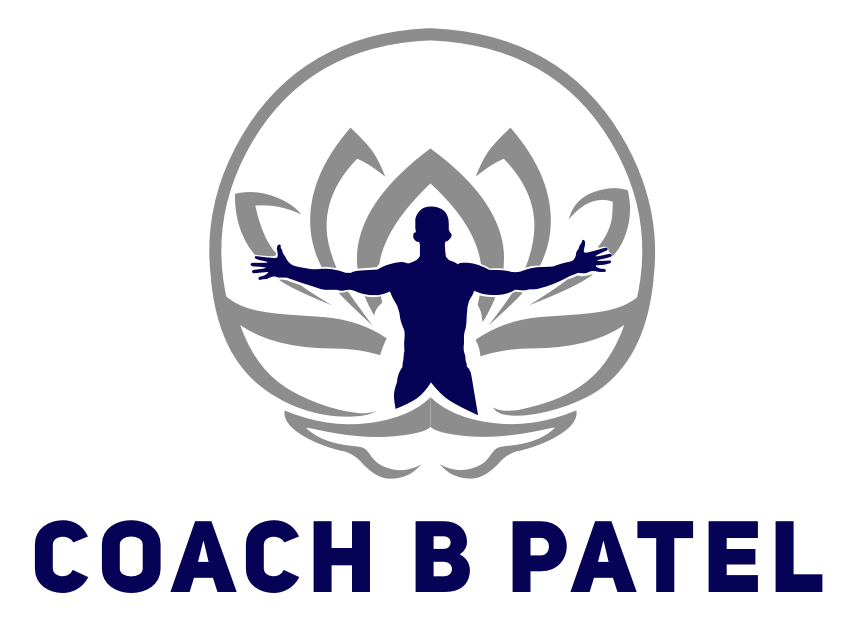The Forgotten Training Variable - INTENT
The following is a guest post by Jackson Frey
In any exercise science curriculum, we are taught about training variables.
Training variables include sets, reps, rest periods, tempo, exercise selection, exercise variety, exercise order, intensity (load), training frequency and tonnage (sets x reps x weight).
Every training program that has ever been written and implemented is an organized manipulation of a combination of training variables listed above.
These variables can be manipulated based on training age, targeted training quality, injury history, athlete preference, etc.
Each variable carries value and will impact the overall program and training adaptation. There is one variable that is often overlooked and must be a priority if optimal results are to be achieved. That variable is intent!
Intended maximal concentric acceleration (IMCA) is a phrase I learned from Stephane Cazeault of Kilo Strength Society.
IMCA refers to the intent to move a weight as explosively as possible on the concentric portion of the movement.
IMCA will allow athletes to recruit higher threshold motor units and create a greater strength stimulus. The intent to move a given load at maximal speed should be practiced whether you are warming up with an empty bar, performing a set of 8 at 70 % of your projected 1 rep max or a set of 3 at 88% of your projected 1 rep max.
There is definitely a time and place for slower concentric training methods. Slow concentric training can create a hypertrophy stimulus for slow twitch muscle fibers. With that being said, when strength is the goal of your training, intent is king!
IMCA targets higher threshold, fast twitch muscle fibers whether a bar is moving at 1 meter per second or .5 meters per second. Teach your athletes to train with intent and watch their strength skyrocket!
There is an old adage that states “how you do anything is how you do everything”.
You can tell a lot about an athlete based on how they approach their training.
Helping athletes develop good training habits at a young age will set them up for success in the future.
The athletes that put forth great effort and intensity in the weight room are the ones that will do the same thing in practices and games.
Please reach out to Jackson if you have any questions and give him a follow as he is putting out some great content.
Jackson Frey
Performance Coach- Chicago Sports Institute
Jackson.frey@chicagosportsinstitute.com
IG: CoachJ_Frey
Twitter: CoachJ_Frey


